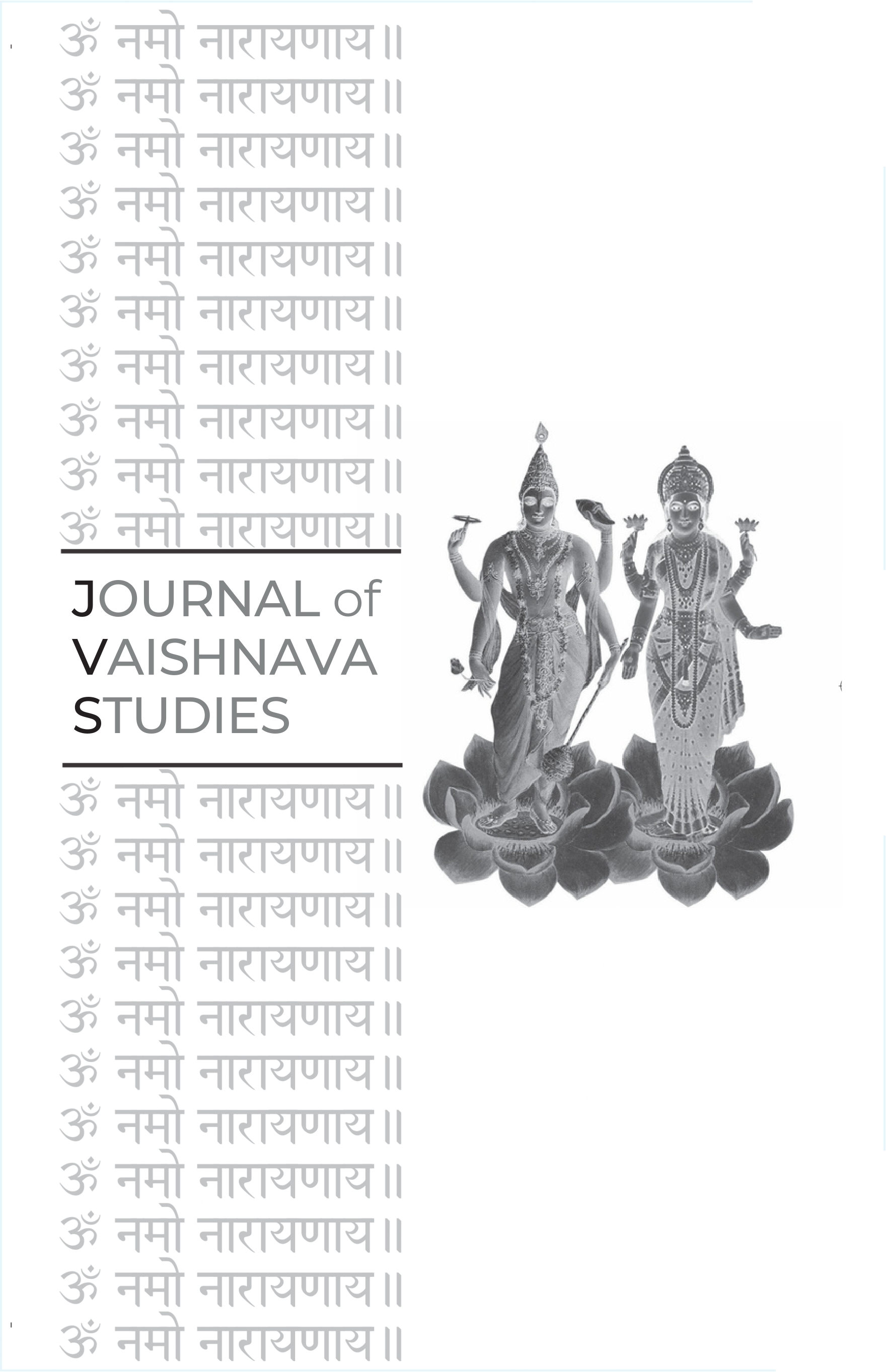Chaitanya Mahāprabhu and His Influence on the Jagannātha Cult
Keywords:
Chaitanya Mahāprabhu, Jagannātha cult, Ratha-yātrā, radha-bhāva, Gauḍīya Vaiṣṇavism, bhakti-rasa, Gundichā temple, emotional theology, Caitanya-caritāmṛtaAbstract
Abhishek Ghosh’s article investigates the transformative impact of Śrī Chaitanya Mahāprabhu on the theology, ritual practice, and popular imagination of the Jagannātha tradition in Purī. Ghosh argues that while Jagannātha had long been worshipped as a composite or tribal-Vaiṣṇava deity, Chaitanya’s devotional ecstasies and public example reoriented the cult around radha-bhāva, or the intense emotional mood of Rādhā’s separation from Kṛṣṇa. Drawing from the Caitanya-caritāmṛta and other Gauḍīya hagiographical sources, the article highlights how Chaitanya’s enactments at the annual Ratha-yātrā—particularly his identification of Gundichā temple with Vṛndāvana and his interpretation of Jagannātha as Vrajendra-nandana Kṛṣṇa—sacralized the festival as a reenactment of the gopīs’ reunion with Kṛṣṇa. Ghosh explores how this theological reframing elevated the emotional and aesthetic dimensions of Jagannātha worship and contributed to the rise of bhakti-rasa as a dominant spiritual idiom in Orissa. The essay also considers the institutional implications of Chaitanya’s influence, from sannyāsī practices to the shaping of liturgical norms and temple culture, making the case that the Jagannātha cult post-Chaitanya cannot be understood apart from Gauḍīya Vaiṣṇava theology.Published
2008-12-13
Issue
Section
Articles





